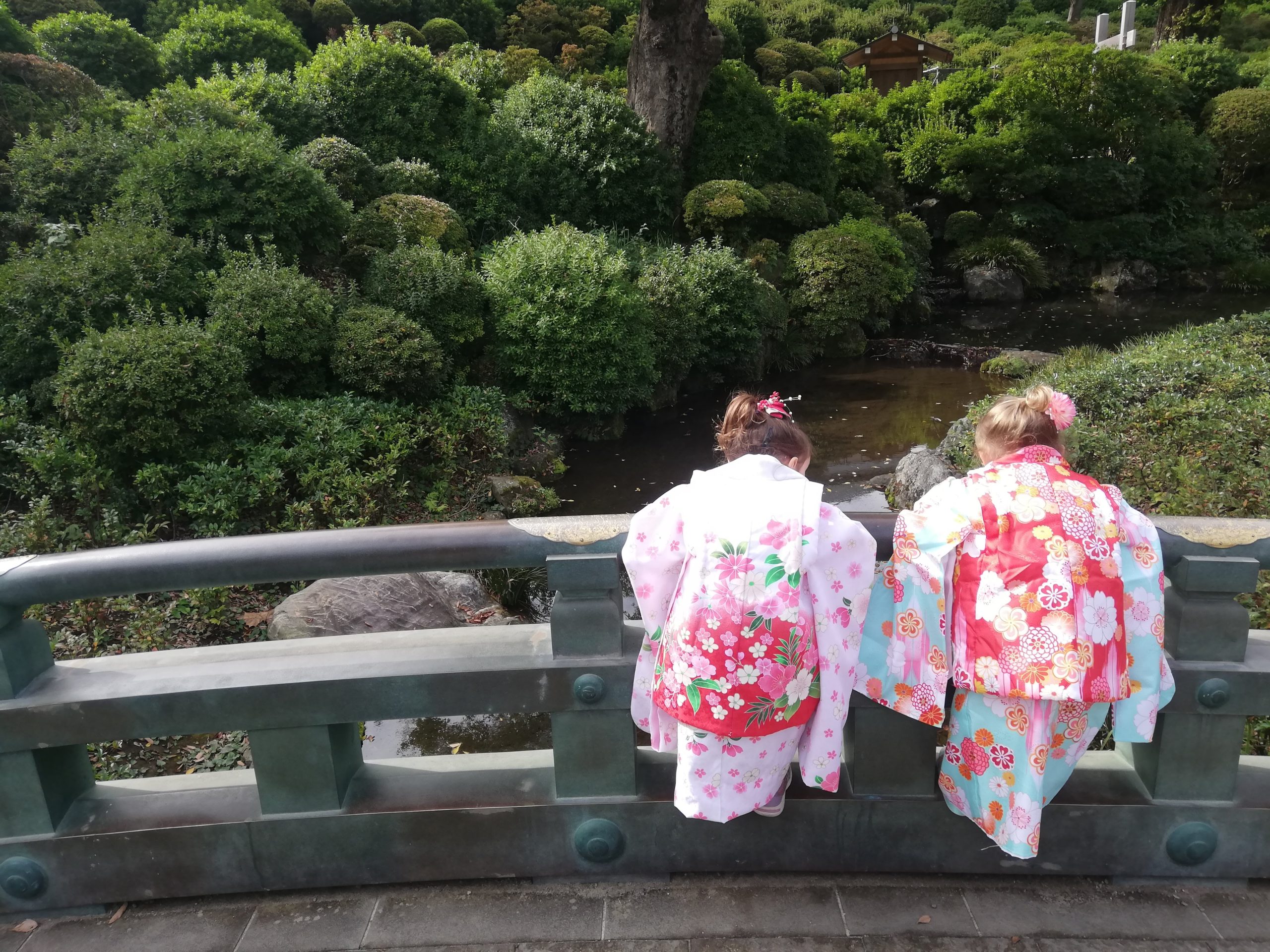If you’re living in Japan, chances are you’d like to experience and celebrate some Japanese traditions. Here are eight festivals that Japanese people celebrate every year.
Shogatsu
New Year’s in Japan is the most important holiday of the year, similar to Christmas for many of us. Businesses close from January 1st to 3rd, and most people have the entire week off from about December 28th to January 5th. Many people return to their hometowns to spend time with their extended family. They decorate their houses with pine and bamboo ornaments, and serve up a feast of new year’s foods called “osechi ryori”. Before the holiday, most companies hold a “bonenkai” party, which is like a party to celebrate the end of the year and put the year behind them. On December 31st, people often eat “toshikoshi soba”, which symbolises longevity. Then many people watch “kohaku uta gassen”, a musical variety show which lasts for hours and features many popular Japanese singers. The audience votes on which team should win, the men or the women. When the clock strikes midnight it is a sombre occasion, and people should visit a shrine to view the new year’s first sunrise. Of course not everyone is up for the sunrise, many people will make their visit to the shrine over the next few days. At the shrine you should choose a “luck” for the year, to see your upcoming fortune. If you are prepared, you can send “nengajo”, or new year’s cards to your friends and acquaintances. These have a lottery number attached, and you can win things like stamps with every card you receive.
Seijin no hi
Seijin no hi is Japan’s coming of age day, when children become adults. It is held on the second Monday of January and all those who have turned 20 in the past year will join the celebration. The new-adults are invited to a special ceremony in their area and after all the speeches, they are given some small gifts. The highlight tends to be the chance to dress up in kimono and have their hair done professionally. These kimono rentals cost a lot of money, luckily for parents of boys, they just tend to wear suits. After the ceremony it’s time for photos and a party.
Setsubun
Setsubun is held at the start of February, one day before the start of Spring. It is a ritual done to ward off evil spirits and protect one’s home. People throw beans outside their house and yell “oni wa soto, fuku wa uchi”, meaning “out with the devils, let the happiness in”. People also eat “eho-maki” giant sushi rolls, which you are supposed to eat silently while facing the lucky direction of the year.
Valentine’s Day and White Day
Valentine’s Day is celebrated much like in America, however here it is one-sided. Women are supposed to gift men chocolates and then on White Day, which is March 14th, men are supposed to “return the favour”.
Tanabata
Every year on July 7th Tanabata, or the star festival, takes place. According to Chinese legend, the two stars Altair and Vega can meet only on this day. Festivals are held throughout Japan, with colourful streamers and decorations being strung up. Bamboo trees are erected and people write their wishes on a paper and hang it on the tree in the hope that it will come true.
Shichigosan
In November the “shichigosan” festival is celebrated. It means “3-5-7” and is to celebrate girls turning 3, boys turning 5 and girls turning 7. The children dress in a child’s kimono or hakama and attend a prayer ceremony for their happy and healthy future, before being given a gift and candy by the priest. In the olden days, many children did not reach these age milestones and so it was seen as something big to celebrate when your child reached that age. The 5 and 7 year old ceremonies symbolise a step towards adulthood and more responsibility. Although officially on November 15th, these days families will go all throughout November to celebrate. It can be confusing when to take your child – generally in the school year (April – March) in which they turn that age, although it is flexible.
Hina matsuri
Hinamatsuri, or Girls’ Day, is a day when people pray for the health and happiness of all the daughters in their family. It is celebrated on March 3rd, when families decorate their houses with hina dolls, which represent the emperor, empress, attendants and court musicians. It’s quite common for the grandparents to buy the child a hina set, but for those of us without relatives here, we can still buy them ourselves. Foodwise, kids like to eat “hina arare”, colourful rice cracker balls found in supermarkets.
Kodomo no hi
Kodomo no hi means children’s day, but it is a day to celebrate boys. Every year on May 5th families and parks will hang out colourful carp fish streamers, to encourage strength and persistence in their sons, just like the carp fish swimming upstream. Families also decorate the house with samurai armor and helmets, representing strong and powerful boys. Families eat “Chimaki”, which is a ricecake made from steamed sticky rice.


Comments are closed